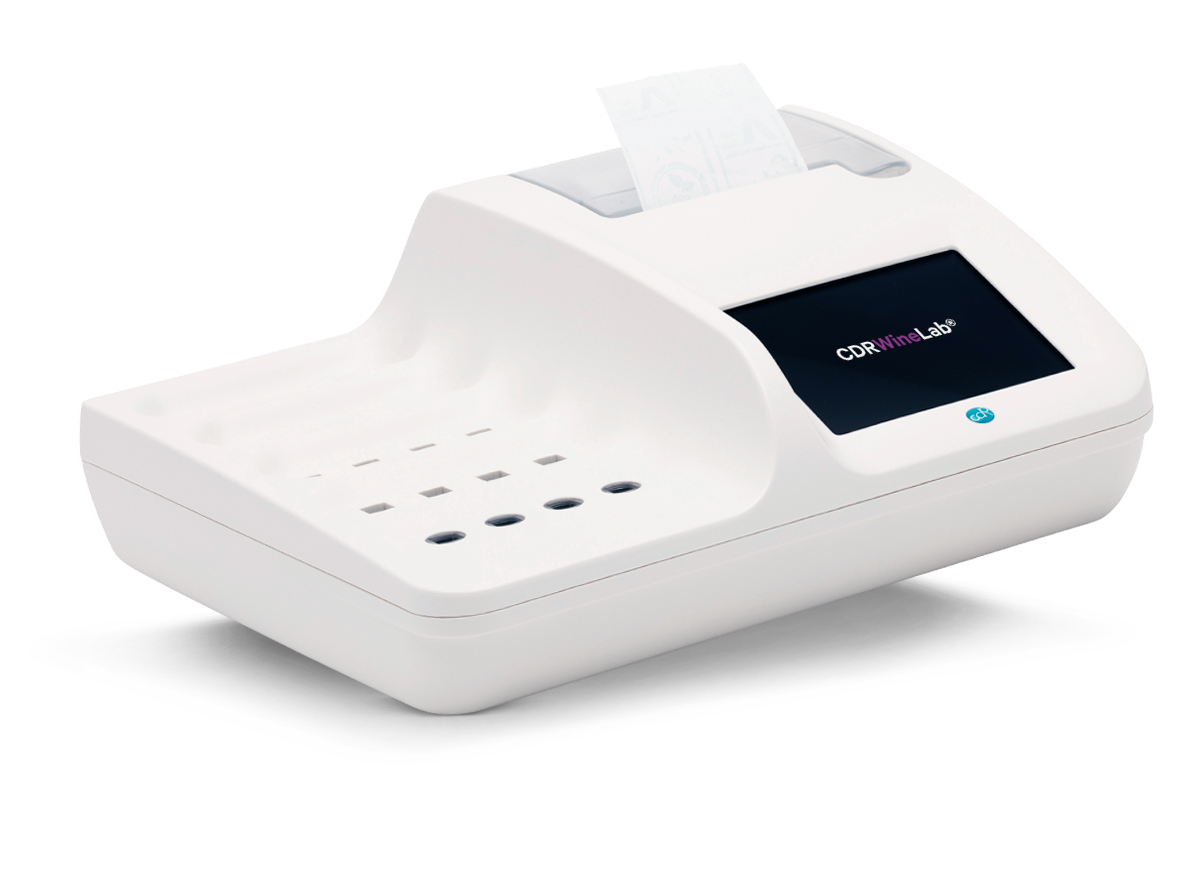Fermentable sugars analysis in wine and must
Glucose and fructose are the sugars that play the most important role in the production of ethanol during the fermentation of yeasts. Grapes and musts contain glucose and fructose in almost equimolecular quantities, though this ratio changes during fermentation.
By determining the amount of total fermentable sugars, glucose and fructose, it is possible to assess the correct progress of fermentation.
CDR developed a new fermentable sugars test, which allows to determine, in addition to the value of glucose and fructose, also the value of sucrose when present.
This analysis can also be performed on wine vinegar.
Features and benefits of CDR WineLab®
With CDR WineLab® the determination of the fermentable sugars in the wine and must is based on the reference method OIV-MA-AS311-02, but it is easier and faster.
Method
Test Principle
The glucose and fructose present in the sample are determined enzymatically and therefore are not influenced by the presence of the remaining reducing sugars. The Redox reaction is read at 366 nm (end-point) and the value is directly proportional to the concentration of glucose and fructose in the sample.
...
The sucrose, when present in the sample, is determined enzymatically splitting it into glucose and fructose.
...
Calibration curve
The calibration curve of CDR WineLab®, obtained using reference methods, confirms the excellent linearity of the system over the whole testing range.
...
Reagent test kits
Fermentable sugars GF
Fermentable sugars GFS
Glucose-Fructose
Measuring range
| Analyses | Measuring range | Resolution | Repeatability |
|---|
Analyzers for process and quality control in winemaking
CDR WineLab®
- Complete analysis panel, supplied already configured
- Up to 16 determinations simultaneously
- Possibility of carrying out analyses of the same sample
- Integrated printer
- Full connections (LAN - USB - Bluetooth barcode/QR code reader)
CDR WineLab® Junior
- Partial analysis panel, supplied configured with 3 analyses of your choice, implementable
- Up to 3 determinations simultaneously
- Wireless connection to external printer
- USB connections
